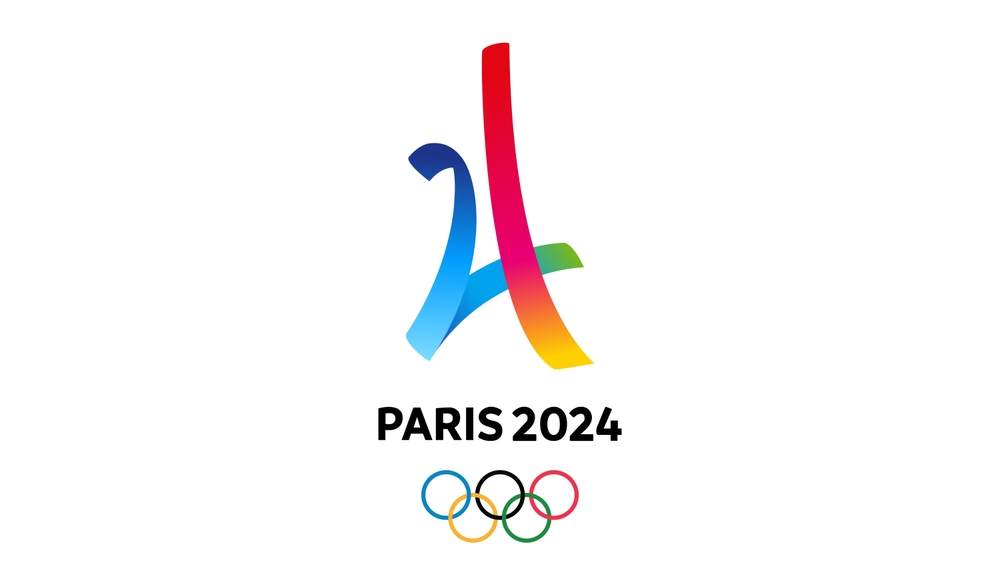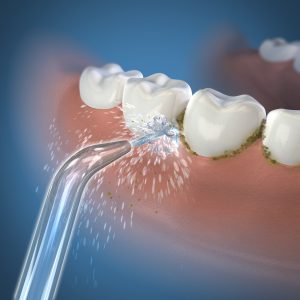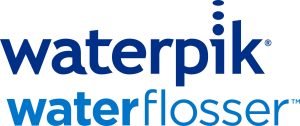Sporting a healthier smile
Featured Products Promotional FeaturesPosted by: Dental Design 22nd April 2024

Later this year, the Summer Olympic Games will be held in Paris, bringing together the finest athletes from across the world to compete as we watch on in awe.
Physical health is key for these professionals, as well as the everyday athletes in the world around us – the Saturday morning park runners, the weekend-away cyclists, and the 5-a-side footballers of the world. Dentists have the responsibility of looking after the oral health of those that are physically active in our communities, especially when they could be at a greater risk of oral health issues.
A range of problems
Whilst the athletes of the world may be the most in tune with their bodies, they could be at a greater risk of oral health issues. The literature describes the incidence of caries among professional athletes sitting between 15% and 70%, dental trauma between 14% and 70%, dental erosion at 36%, and periodontal disease up to 15%.[i]Athletes in two sports were described as at a higher risk of oral health issues; football and swimming.i
A study of F.C. Barcelona players found they had more than double the presence of active caries compared to dental students studying at the local university, as well as a decayed, missing, and filled permanent teeth (DMF) index of 5.9.[ii] Further research has observed that around 37% of football players lived with active caries.[iii]
Interestingly, athletes in more competitive sports have been observed to have significantly more decayed teeth, as well as increased probing depths, when compared to those that take part recreationally[iv] – even when they have similar oral hygiene behaviours.iv Whilst clinicians may treat elite athletes on a regular basis, understanding the effects of consistent exercise could help dental professionals support those that are more active in everyday life.
Running themes
 The link between sporting activity and oral health features a number of nuances that will affect each of your patients differently. This could be based on the exercise they partake in, how they sustain themselves in each sport, as well as their own oral hygiene routines.
The link between sporting activity and oral health features a number of nuances that will affect each of your patients differently. This could be based on the exercise they partake in, how they sustain themselves in each sport, as well as their own oral hygiene routines.
If a patient presents with an increased accumulation of dental plaque, they may be putting their gingival health at risk during exercise. It can reduce the immune response dependent on the activity performed, its duration and intensity, making patients more susceptible to infections, including periodontal disease.iii Removing this plaque with a regular oral hygiene routine is essential to prevent the development of an infection.
Advantage to the acids
One noticeable oral health change during exercise is the increased rate of salivary flow, which is reflected in the literature.[v] Saliva helps to protect the oral and peri-oral tissues with an antimicrobial and cleansing impact, whilst neutralising acid production and controlling the plaque pH.[vi] Yet the increased flow during sporting activities may not provide such benefits.
Physical activity produces lactic acid, which lowers the blood pH. Salivary secretion relies upon nutrients from the blood, and a change in salivary pH will depend on the blood levels of CO2.[vii] With an increase during exercise, CO2 is transferred to the saliva at a high rate, thus decreasing the salivary pH.i In acidic conditions, bacteria can cause severe damage, putting individuals at risk of enamel demineralisation.[viii]
Personal dental trainer
It makes sense that these biological processes could make up some of the oral health disparity between athletes and less active individuals, which could be compounded as the intensity of competition increases with elite level sports. Plus, fluids such as sports drinks are commonly used to rehydrate during exercise, but they too are often high in sugar and acidic in nature, in turn decreasing the salivary pH.vii
Active individuals, from professional athletes to the everyday gym-goer, must look after their oral health with an effective dental hygiene routine. By removing any present plaque and bacteria that rests in the oral cavity, they can minimise the negative impacts exercise has on their health.
Dental professionals should reinforce the need for toothbrushing twice daily to remove leftover plaque and food, as well as interdental cleaning. Using both together improves periodontal health and maintains caries-free surfaces in the long-run.[ix]
Suggesting effective products to your active patients helps them remain healthier over time, whilst they continue participating in the sports they love. This could include the Waterpik® Cordless Slide Water Flosser, a compact solution that collapses to 50% of its size for convenient storage at home or when travelling for sporting events. It effectively helps patients manage their oral health, as the Cordless Slide is 50% more effective for improving gum health compared to string floss,[x] whilst reducing up to 99.99% of plaque from treated areas.[xi]
Patients should be encouraged to keep up with regular exercise due to its myriad benefits for general health. However, dentists are uniquely situated in a role where they can provide them further protection against the lesser-known risks that come with being active, all by reinforcing the need for a brilliant oral hygiene routine.
For more information on Waterpik® Water Flosser products
visit www.waterpik.co.uk. Waterpik® products are available from Amazon, Costco UK,
Argos, Boots, Superdrug and Tesco online and in stores across the UK and Ireland.
Join the 3,000+ dental teams who have already benefitted from a professional
Waterpik® Lunch & Learn. Book your free session for 1 hour of verifiable CPD
and a free Waterpik® Water Flosser – available either face to face or as a webinar –
at www.waterpik.co.uk/professional/lunch-learn/.
Anne Symons Bio:
Anne Symons is a Dental Hygienist currently working in a Specialist Periodontal/implant practice and also a busy NHS surgery. She has previously worked in a Max Fax unit, and also taught Oral Health care to staff in Nursing and Residential homes. Anne is also a Professional Educator for Waterpik.
[i] Tripodi, D., Cosi, A., Fulco, D., & D’Ercole, S. (2021). The impact of sport training on oral health in athletes. Dentistry journal, 9(5), 51.
[ii] Gay Escoda, C., Pereira, D. M. V. D., Ardèvol, J., Pruna, R., Fernandez, J., & Valmaseda Castellón, E. (2011). Study of the effect of oral health on physical condition of professional soccer players of the Football Club Barcelona. Medicina Oral, Patología Oral y Cirugia Bucal, 2011, vol. 16, num. 3, p. 436-439.
[iii] de la Parte, A., Monticelli, F., Toro-Román, V., & Pradas, F. (2021). Differences in oral health status in elite athletes according to sport modalities. Sustainability, 13(13), 7282.
[iv] Merle, C. L., Richter, L., Challakh, N., Haak, R., Schmalz, G., Needleman, I., … & Wüstenfeld, J. (2022). Orofacial conditions and oral health behavior of young athletes: A comparison of amateur and competitive sports. Scandinavian Journal of Medicine & Science in Sports, 32(5), 903-912.
[v] Ntovas, P., Loumprinis, N., Maniatakos, P., Margaritidi, L., & Rahiotis, C. (2022). The effects of physical exercise on saliva composition: a comprehensive review. Dentistry journal, 10(1), 7.
[vi] Dodds, M., Roland, S., Edgar, M., & Thornhill, M. (2015). Saliva A review of its role in maintaining oral health and preventing dental disease. Bdj Team, 2, 15123.
[vii] Tanabe, M., Takahashi, T., Shimoyama, K., Toyoshima, Y., & Ueno, T. (2013). Effects of rehydration and food consumption on salivary flow, pH and buffering capacity in young adult volunteers during ergometer exercise. Journal of the International Society of Sports Nutrition, 10(1), 49.
[viii] Frothingham, S., Keith Fisher, J., (2018). What Is the pH of Saliva? Healthline. (Online) Available at: https://www.healthline.com/health/ph-of-saliva [Accessed December 2023]
[ix] Pitchika, V., Jordan, R., Micheelis, W., Welk, A., Kocher, T., & Holtfreter, B. (2021). Impact of powered toothbrush use and interdental cleaning on oral health. Journal of Dental Research, 100(5), 487-495.
[x] Rosema NAM et al. The effect of different interdental cleaning devices on gingival bleeding. J Int Acad Periodontol 2011; 13(1):2-10.
[xi] Gorur A, Lyle DM, Schaudinn C, Costerton JW. Compend Contin Ed Dent 2009; 30 (Suppl 1):1 – 6.










